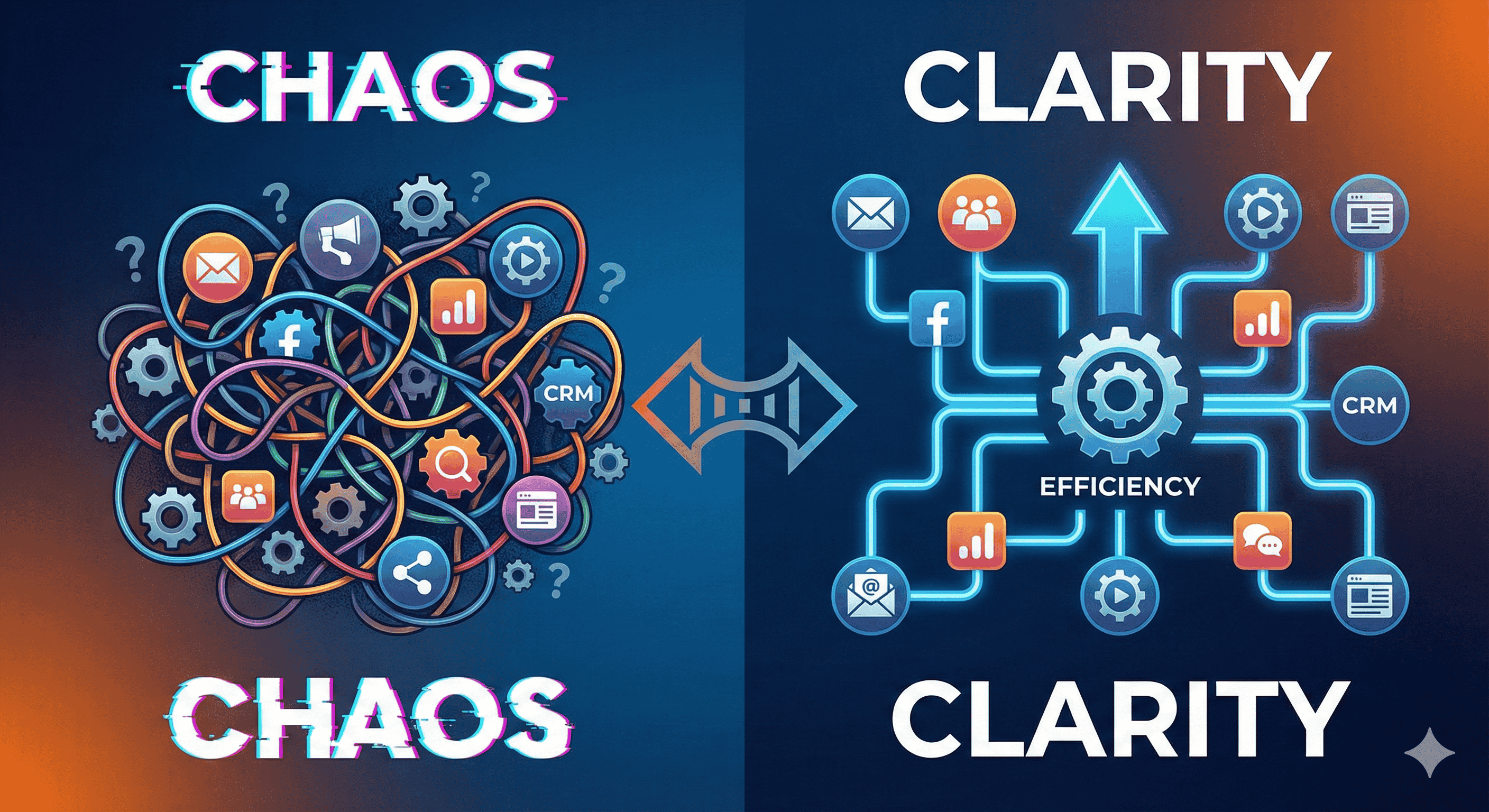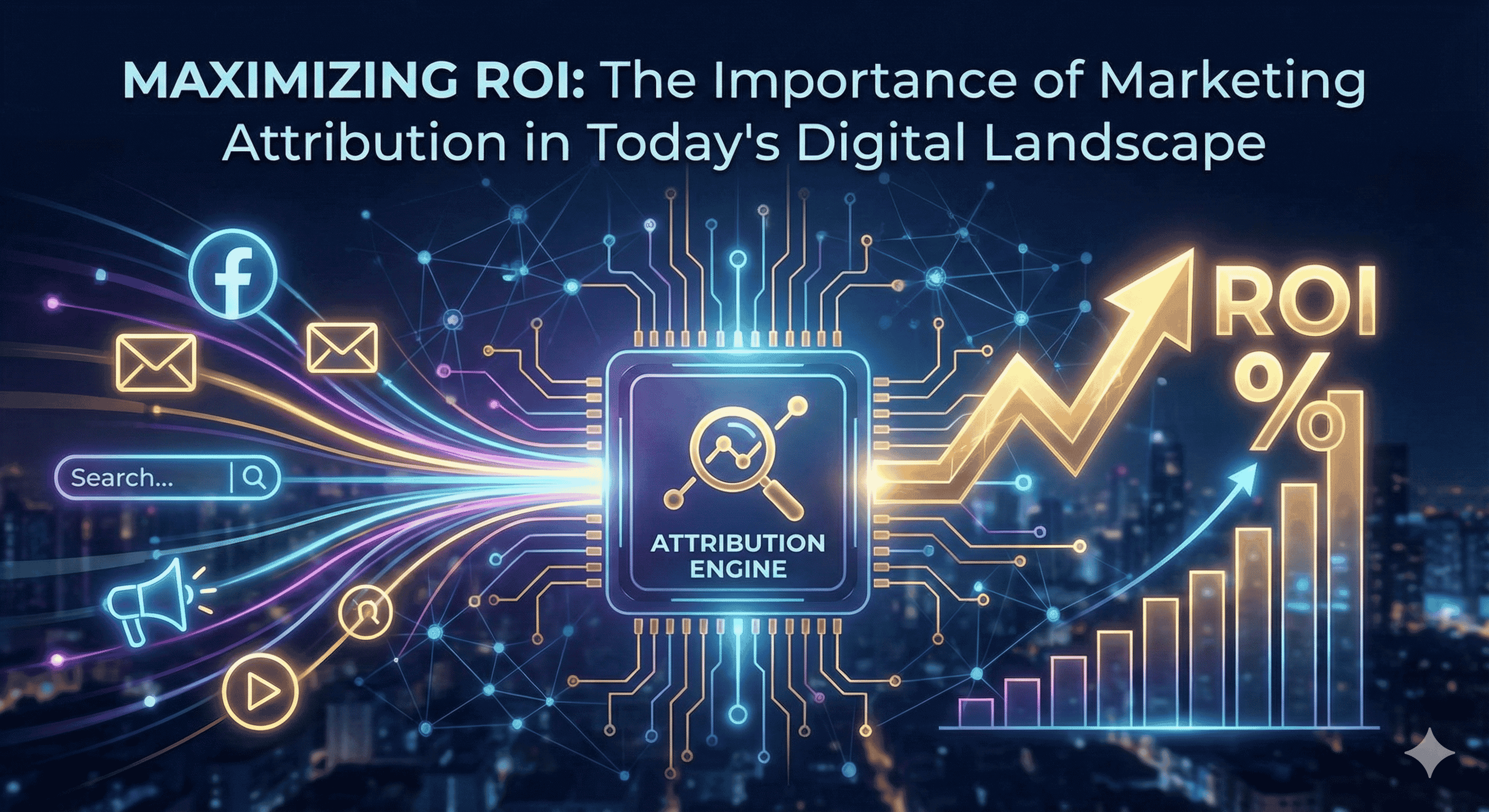In an era where consumers are inundated with information and options, businesses must leverage data effectively to stand out. Enter Customer Data Platforms (CDPs)—powerful tools that enable organizations to harness customer data for personalized experiences. This guide explores what CDPs are, their importance, key features, and best practices for implementation in 2025.
What is a Customer Data Platform?
A Customer Data Platform is a centralized system that collects, unifies, and organizes customer data from multiple sources. CDPs create a comprehensive customer profile by integrating data from various touchpoints, including website interactions, email campaigns, social media, and CRM systems. This unified view allows businesses to understand their customers better and deliver personalized marketing messages.
Key Components of a CDP:
- Data Integration: Seamless integration with various data sources such as websites, mobile apps, CRM systems, and third-party applications.
- Data Unification: Matching and combining data points from different sources to create a singular, comprehensive customer profile.
- Segmentation: Categorizing customers based on behavior, demographics, and preferences for targeted marketing efforts.
- User Interface: A user-friendly dashboard to visualize data insights and ease of use for marketers.
- Analytics and Reporting: Advanced analytics capabilities to measure campaign effectiveness and customer engagement.
Importance of Customer Data Platforms
- Personalization: Today’s consumers expect personalized experiences. CDPs enable businesses to tailor messages and product recommendations to individual preferences, leading to improved satisfaction and loyalty.
- Data Privacy Compliance: In light of GDPR and CCPA regulations, CDPs facilitate better data management practices, ensuring that companies remain compliant while collecting customer data.
- Improved Customer Insights: By providing a 360-degree view of customers, CDPs help organizations understand behavior patterns and preferences, allowing for more informed decision-making.
- Enhanced Marketing Efficiency: With accurate data at their fingertips, marketing teams can streamline campaigns, focus on high-value segments, and minimize waste.
Key Features to Look for in a CDP
- Real-Time Data Processing: The ability to ingest and process data in real time is essential for timely decision-making.
- AI and Machine Learning: Advanced analytics features powered by AI can provide predictive insights and enhance segmentation efforts.
- Integration Capabilities: Strong APIs and pre-built connectors with various platforms minimize integration hassles.
- User-Controlled Data Management: Empowering users to manage their data opt-ins and preferences enhances trust and compliance.
- Robust Security Features: As data breaches become increasingly common, security features such as encryption and access control are critical.
Best Practices for Implementing a CDP in 2025
- Define Clear Objectives: Establish what you hope to achieve with a CDP—be it improved personalization, customer engagement, or campaign efficiency.
- Involve Cross-Functional Teams: Collaboration between marketing, IT, and data analytics teams will ensure that the implementation meets the needs of all stakeholders.
- Start Small: Pilot with a specific segment or campaign before rolling out across the organization. This approach helps identify potential pitfalls and streamline the process.
- Monitor and Adapt: Regularly evaluate the performance of your CDP and be willing to adapt strategies based on the insights gained.
- Prioritize Data Quality: Invest in data cleansing and validation to ensure that the information fed into the CDP is accurate and reliable.
Conclusion
As we move deeper into 2025, the role of Customer Data Platforms in driving effective personalization cannot be overstated. By providing businesses with the ability to unify and analyze customer data, CDPs empower brands to create meaningful relationships and enhance customer experiences. As consumer expectations continue to evolve, mastering the art of personalization through a robust CDP will be crucial for success in today’s competitive landscape. Embrace the power of your data and watch your marketing effectiveness soar.







